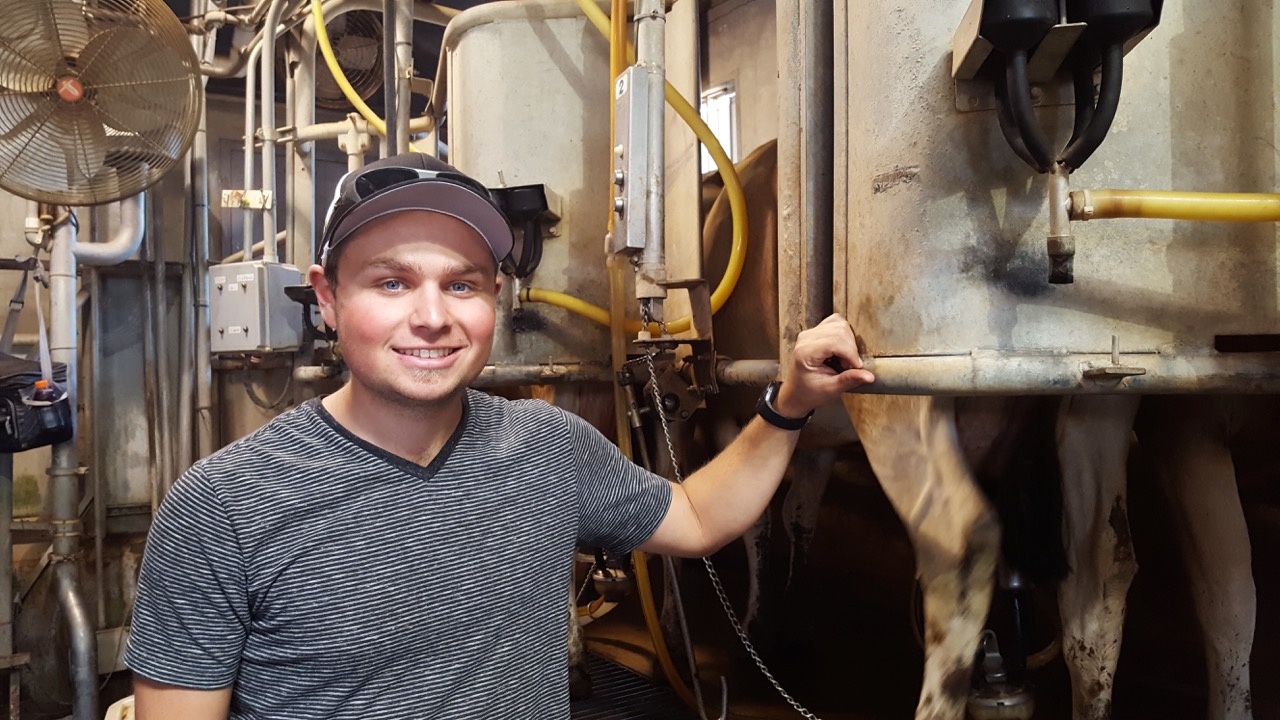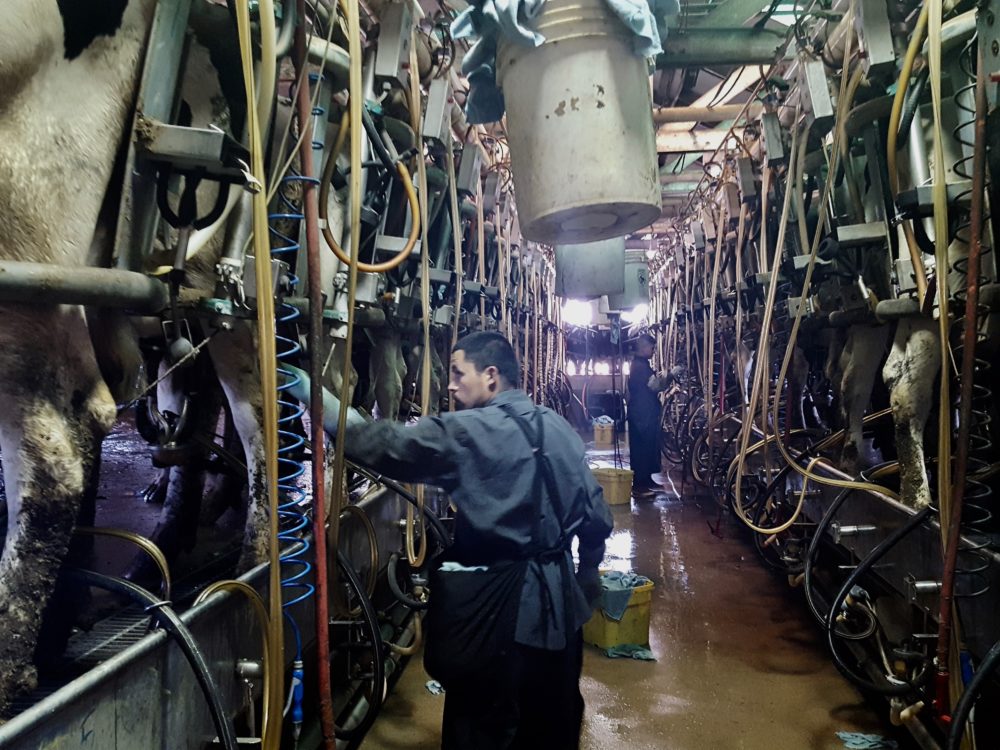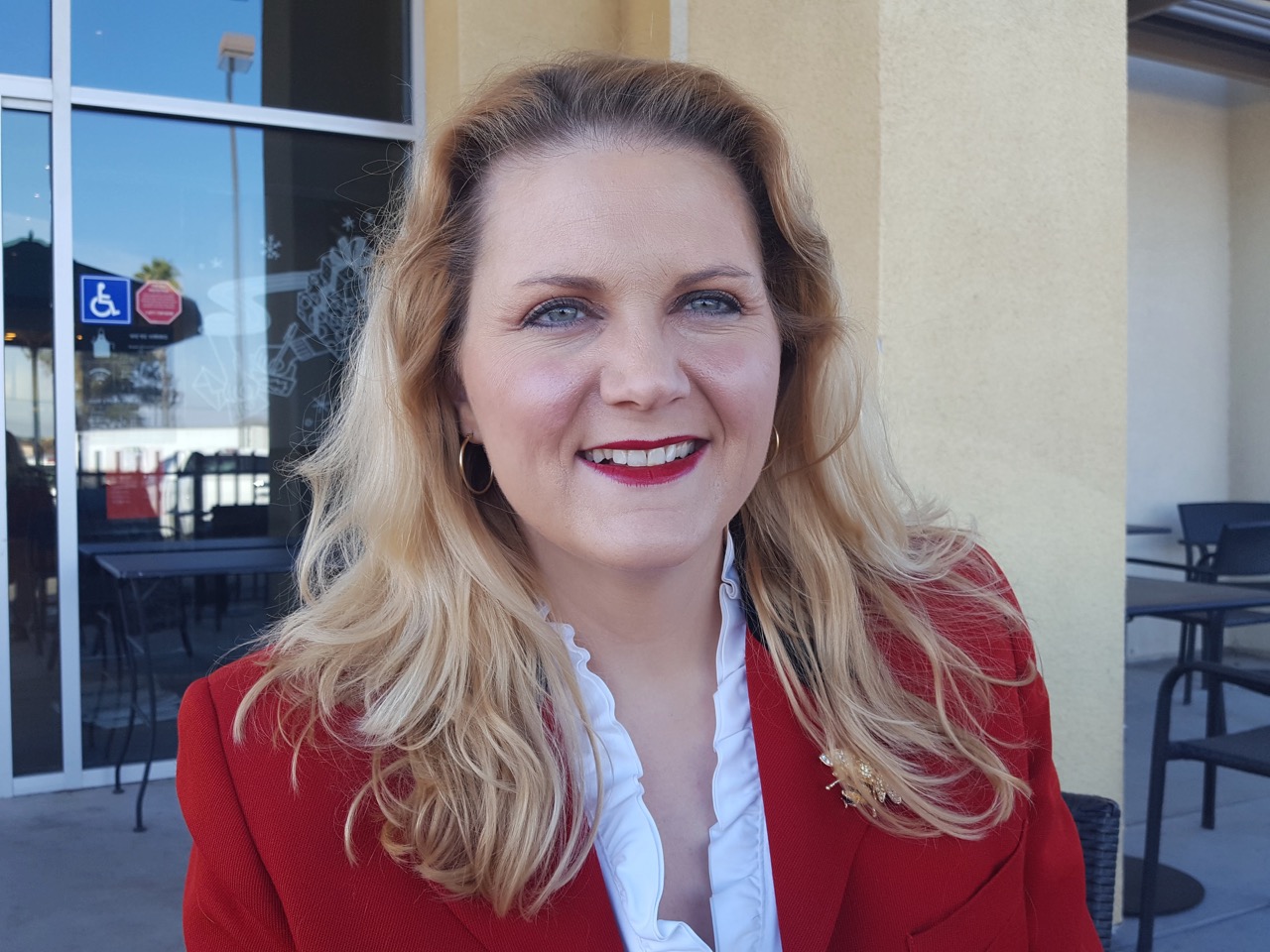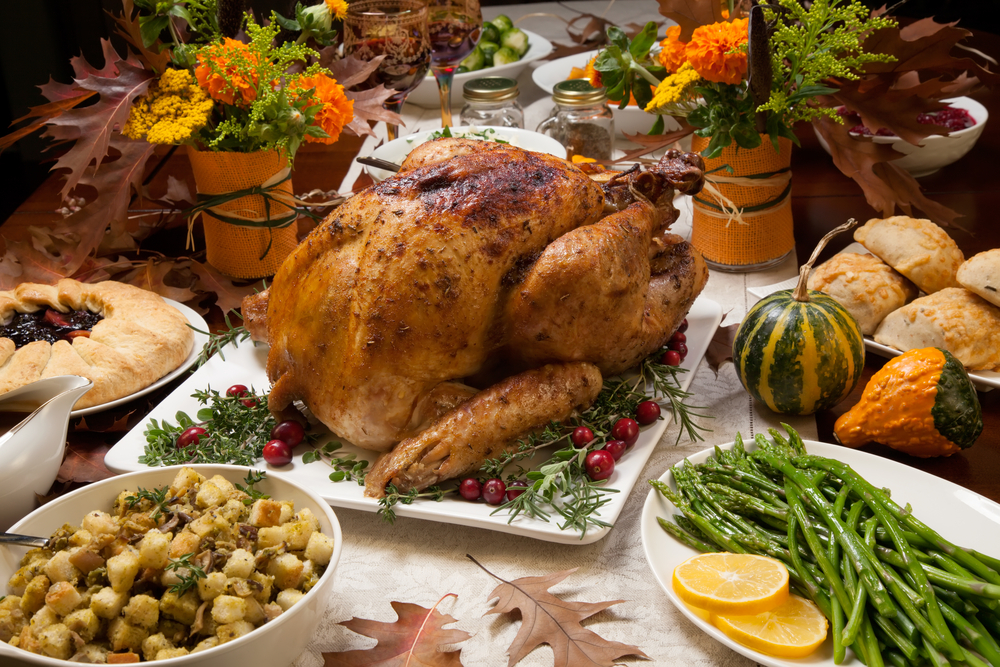Young Dairy Owner Plans to Thrive in Future
Nevin Lemos Prefers Jersey Cows
By Patrick Cavanaugh, Editor
Nevin Lemos could be the youngest person to own a dairy in California. The 21–year-old owns Lemos Jerseys in Stanislaus County.
Lemos is a fourth-generation dairyman east of Modesto in the community of Lockwood. He grew up on his family’s dairy, and now he’s on his own. His family’s dairy is Lockwood III dairy, which is about five miles from his dairy.
“I’m 21 years old, and I decided to start my own. I wanted to expand the business, and get a little bigger so we can all stay in business, be competitive,” Lemos said.
“We have a plan someday to consolidate the two, and this was our way to grow.”
“It’s my baby here, my business, my passion here,” Lemos explained.
He thinks that it’s a good time to get into the dairy business.
“I’ve had some dairyman that I look up to, and they gave me some advice that even though the milk price is down, this is the best time to get started,” he said.
“That’s if you can … weather through some of the bad times because it’s a long-term investment. This is not a business that you get into for a short while, so if you can buy the cattle at a reasonable price and keep that input down, you’re in pretty good shape,” Lemos said.
His operation is 400 Jersey cow dairy with a double six-herringbone parlor.
“You know, my parents have the Holsteins. I’ve grown up around the Holsteins all my life. I showed Holsteins in 4-H growing up and love the Holstein breed but decided to go with the jerseys for a few reasons. One is they’re high in fat and protein components. I ship to Hilmar Cheese, so there’s good incentive there to get a premium off the fat and protein. Also with the reproduction, the Jerseys breed back so well.”
Lemos said he gets a 30% pregnancy rate.
A lot of the dairy cow feed is grown around the dairy operation.
“My landlord farms the 50 acres with the dairy. And I purchase the feed from them,” Lemos said. “Of course, that’s one of the significant inputs into the dairy. Feed is a bit of a high right now with exports. I put all my corn silage in Ag-Bags … to minimize my shrink, and that’s been going pretty well.
Lemos said in June, he can say he’s been going after it and his dairy for one year, and he knows he’s going to keep on going.
“I will most definitely keep going. Just getting started is the most challenging part, especially in a year like this year. I’m breaking even … if not slightly in the black. But I look forward to seeing what it does in years to come,” Lemos said.
Just building the herd and establishing it, Lemos is going to sit on some money for a little while before he starts to see it again.
Still, he said of operating his own dairy at 21 years old, “It’s the dream, my passion, it’s really what I love, and I would not have it any other way.”


















